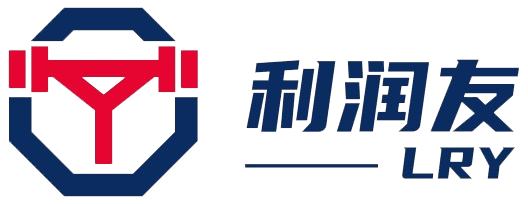Double-ended Bolts
The company mainly produces screw, stud bolts, anchor bolts and other fastener products. Production standards mainly include Chinese GB standard, international ISO standard, German DIN standard, American ANSI standard, British BS standard, Australian AS standard, etc. The company also develops new energy equipment, wind power generation, offshore wind turbine parts, sporting goods, metal surface treatment and heat treatment processing, with an annual output of more than 20000 tons, which are exported to Australia, Europe, America, the Middle East, Southeast Asia and other regions.
Key words:
Double-ended Bolts
Classification:
Description
A double-ended bolt, also referred to as a double-ended screw or double-ended stud, is used to provide fixed connections between mechanical components. Both ends of the double-ended bolt are threaded, with the central shaft available in both coarse and fine thread options. Double-ended bolts are commonly used in mining machinery, bridges, automobiles, motorcycles, boiler steel structures, towers, large-span steel structures, and large-scale construction projects.
Bolts generally refer to screws with larger diameters, and they may lack a head, as in the case of double-ended bolts. In fact, the term “double-ended bolt” is less commonly used; the more precise term is “double-ended stud.” The most common form of a double-ended stud features threads at both ends, with a smooth shaft in between. The primary applications for double-ended studs include anchor bolts (e.g., foundation bolts) or other cases requiring thicker connections, where standard bolts are not suitable.
Main Applications:
1.Double-ended bolts are used when large equipment requires the installation of attachments, such as sight glasses, mechanical seal housings, and gear reducer frames. In this case, one end of the bolt is threaded into the main body, and after the attachment is installed, the other end is secured with a nut. Since these attachments are frequently disassembled, the threads may become worn or damaged. Using double-ended bolts allows for easy and convenient replacement.
2.Double-ended bolts are used when the thickness of the connected body is substantial, and an exceptionally long bolt length is required.
3.They are also used for connecting thick plates or in locations where hex bolts are unsuitable, such as in concrete roof trusses, roof beams, and monorail suspension components.
The company mainly produces screw, stud bolts, anchor bolts and other fastener products. Production standards mainly include Chinese GB standard, international ISO standard, German DIN standard, American ANSI standard, British BS standard, Australian AS standard, etc. The company also develops new energy equipment, wind power generation, offshore wind turbine parts, sporting goods, metal surface treatment and heat treatment processing, with an annual output of more than 20000 tons, which are exported to Australia, Europe, America, the Middle East, Southeast Asia and other regions.
Related Products
A double-ended bolt, also referred to as a double-ended screw or double-ended stud, is used to provide fixed connections between mechanical components. Both ends of the double-ended bolt are threaded, with the central shaft available in both coarse and fine thread options. Double-ended bolts are commonly used in mining machinery, bridges, automobiles, motorcycles, boiler steel structures, towers, large-span steel structures, and large-scale construction projects.







